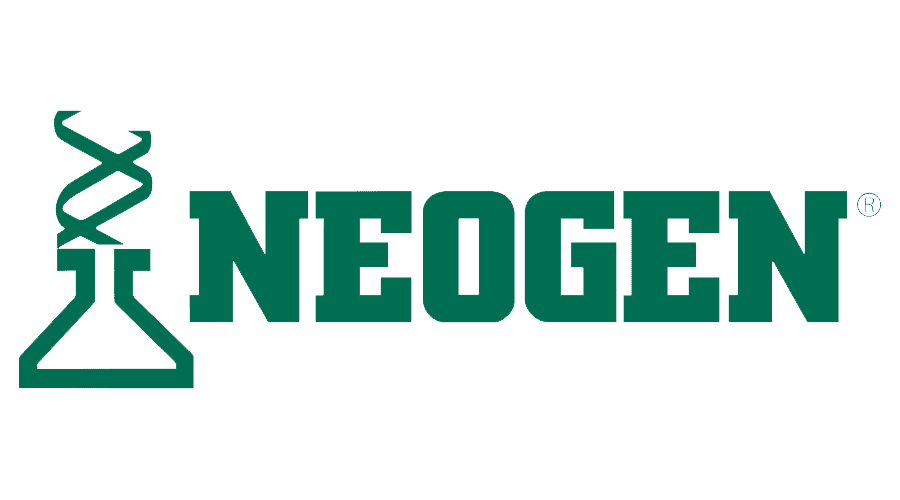Antibody Discovery and Characterization Services Powered by Mass Spectrometry.
Our technology and services enable biotech and pharmaceutical companies to extract the full potential of antibodies and tap directly into immune response in ways never before possible.
- Extract and sequence functional mAb proteins from serum with REpAb®
- Sequence any monoclonal antibody or protein with our REmAb®
- Epitope mapping with the highest resolution through HDX-MS
- Full kinetic analysis and rapid screening of Antibody-Antigen binding with SPR
- Antibody characterization services built on deep expertise working with antibodies, high throughput mass spectrometry and advanced software
Decode Immunity with Antibody Sequencing.
We are empowering life science breakthroughs with next generation protein sequencing. Our technology and services enable biotech and pharmaceutical companies to extract the full potential of antibodies in ways never before possible.
Antibody Discovery and Characterization Services Powered by Mass Spectrometry.
Our technology and services enable biotech and pharmaceutical companies to extract the full potential of antibodies and tap directly into immune response in ways never before possible.
- Extract and sequence functional mAb proteins from serum with REpAb®
- Sequence any monoclonal antibody or protein with our REmAb®
- Epitope mapping with the highest resolution through HDX-MS
- Full kinetic analysis and rapid screening of Antibody-Antigen binding with SPR
Antibody Sequencing & Discovery Services.
Antibody Sequencing & Discovery Services.
REmAb®
Monoclonal antibody sequencing from small protein samples, no need for hybridoma or DNA information. Full sequence in record time.
Explore REmAb®
REpAb®
Polyclonal antibody sequencing and antibody discovery service. Sequence antibodies from blood or a polyclonal mixture.
Explore REpAb®
HDX-MS Epitope Mapping
Mass spectrometry-based epitope mapping. Epitope mapping to identify the binding site of an antibody to its corresponding antigen with the highest confidence and resolution.
Explore HDX
SPR Kinetics Analysis
Label-free evaluation of antibody-antigen binding through Surface Plasmon Resonance. Combined with our expertise in antibody interactions, this results in high sensitivity and the lowest noise even in complex analytes.
Explore SPR
Unlock Impossible Antibody Breakthroughs with Polyclonal Antibody Sequencing.
Unlock Impossible Antibody Breakthroughs.
Unlock Impossible Antibody Breakthroughs.
Obtain Full Antibody Sequence Information of Previously Unknown mAbs.
Use protein sequencing in a high-throughput workflow to get faster answers, focus efforts and identify additional high-quality molecules that cannot be found through other methods. Avoid troubleshooting delays with easy and detailed structural insights, routinely.
Reduce Risk.
Increase probability of technical success. Understanding proteins better and sooner in your discovery process avoids downstream challenges. Testing both protein behavior and structure in every step of your workflow improves reproducibility issues. Protect your IP with sequence information.
Reduce Risk.
Increase probability of technical success. Understanding proteins better and sooner in your discovery process avoids downstream challenges. Testing both protein behavior and structure in every step of your workflow improves reproducibility issues. Protect your IP with sequence information.
Characterize Epitopes at High Resolution with Industry Leading Coverage.
Increase probability of technical success. Understanding proteins better and sooner in your discovery process avoids downstream challenges. Testing both protein behavior and structure in every step of your workflow improves reproducibility issues. Protect your IP with sequence information.
Speed Up Antibody Discovery.
Use protein sequencing in a high-throughput workflow to get faster answers, focus efforts and identify additional high-quality molecules that cannot be found through other methods. Avoid troubleshooting delays with easy and detailed structural insights, routinely.
Speed Up Antibody Discovery.
Use protein sequencing in a high-throughput workflow to get faster answers, focus efforts and identify additional high-quality molecules that cannot be found through other methods. Avoid troubleshooting delays with easy and detailed structural insights, routinely.

“Rapid Novor was tasked with finding highly specific, high affinity antibodies against an important target- and they delivered powerful antibodies fit-for-purpose. Such antibodies are not easily obtained yet the Rapid Novor approach proved immediately successful, despite our time-constrained and stringent demands.”

“We’re focused on coupling cytokines with a highly engineered VHVL of an antibody. So by sequencing the antibodies with Rapid Novor we are able to pull out the CDR to graft them into our platform and test in vitro and in vivo.”

“The sequences have allowed us to have an “insurance policy” of sorts for critical proteins used in our various products.”
Talk to Our Scientists.
Why Choose Us for Your Next Breakthrough.
9000+ successful sequencing projects
24+ Years of proteomics innovation
650+ Clients served
Upcoming Conferences.
